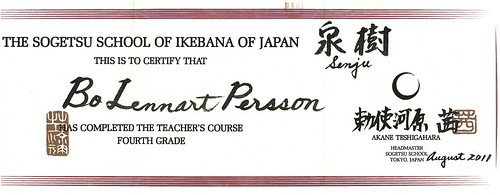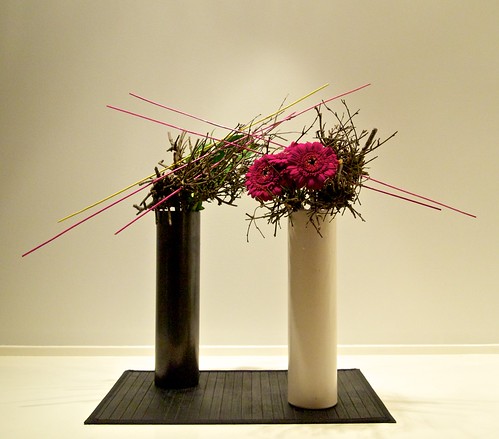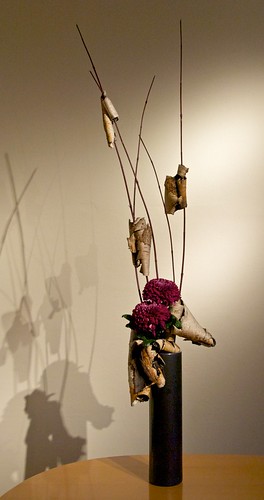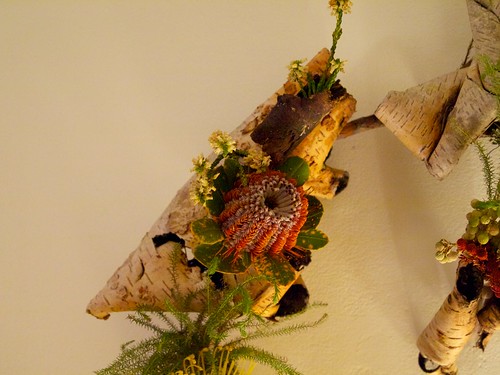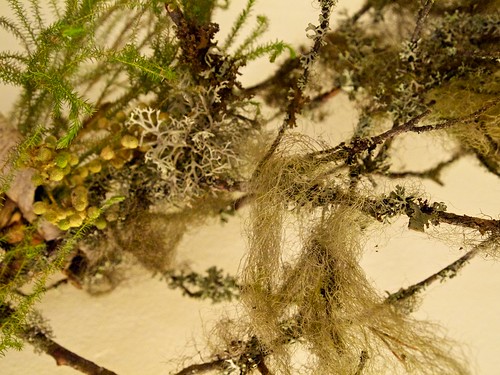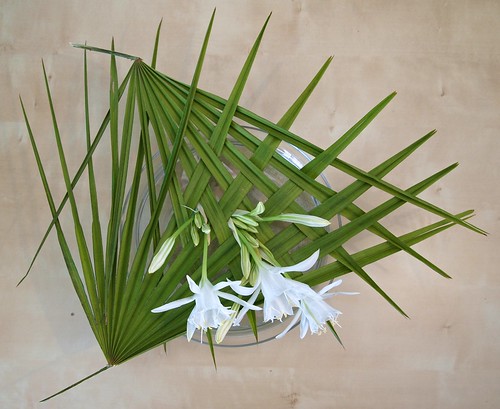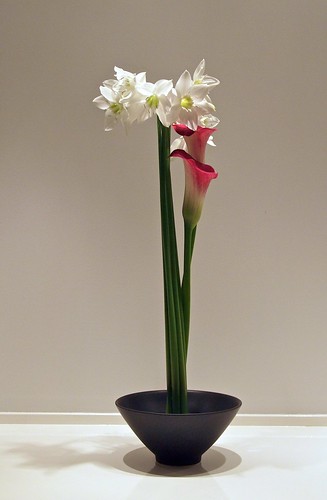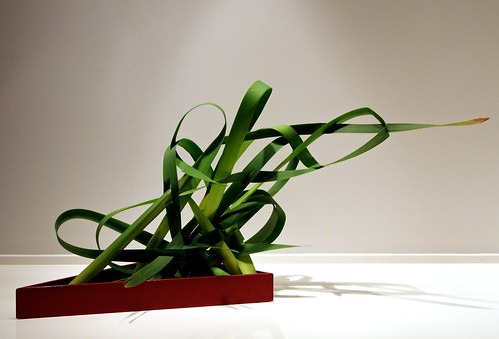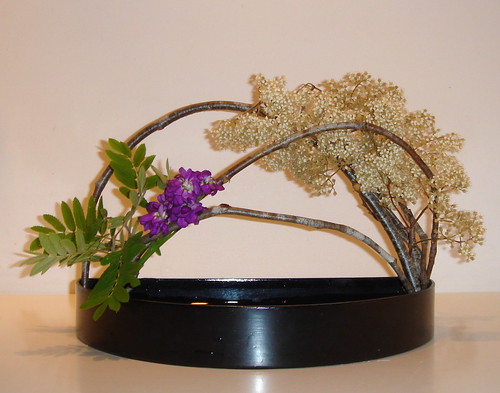Today we had a stroll in Manhattans midtown East heading for Japan Society and the exhibition "Fiber Futures: Japan's Textile Pioneers". If you're in New York there is still time - tomorrow will be the last day of this absolutely beautiful exhibition showcasing the dynamic field of Japanese fiber art.
"The works on display range from ethereal silk and hemp to paper pulp and synthetic fiber using methods that are sometimes deeply traditional, but sometimes employ the latest weaving and dyeing technology along with an environmentally conscious "green" ethos. Moving far beyond traditional utility, Japan's textile pioneers fuse past and present to create innovative, beautiful and sometimes challenging works of art."
Fabulous!


